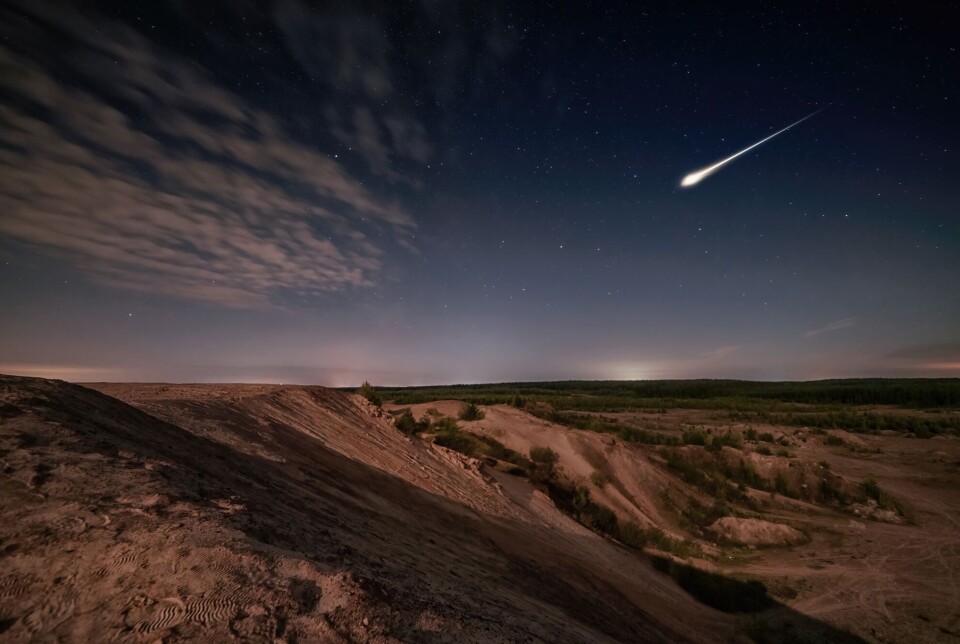
How often do asteroids and comets hit the Earth?
From shooting stars to boulders that can destroy a country — what actually happens when the Earth is struck by objects of different sizes?
Many people have seen the Netflix movie Don't look up. The plot concerns what happens when a comet that is large enough to trigger a mass extinction is headed right for the Earth.
It’s extremely rare for something that huge to hit the Earth. But how often is the Earth actually hit by asteroids or other objects from space, and what happens in the event of a strike?
Mars and the Moon are peppered with holes after huge rocks have struck the surface over millions of years.
It’s different on the Earth, when water, wind and plants have buried or eroded impact craters. But the Earth has been battered by its share of cosmic rocks, although the evidence is not as clear here. To date, 192 craters have been found so far on the Earth.
“At least 42,000 craters have been counted on Mars,” says Henning Dypvik, professor emeritus at the Department of Geosciences and the Department of Technology Systems at the University of Oslo.
Dypvik studies craters in Norway, and is currently involved in the latest Rover project on Mars, where the Perseverance rover is rolling over a Jezero crater, a ‘hole’ in the ground 45 kilometres in diameter.
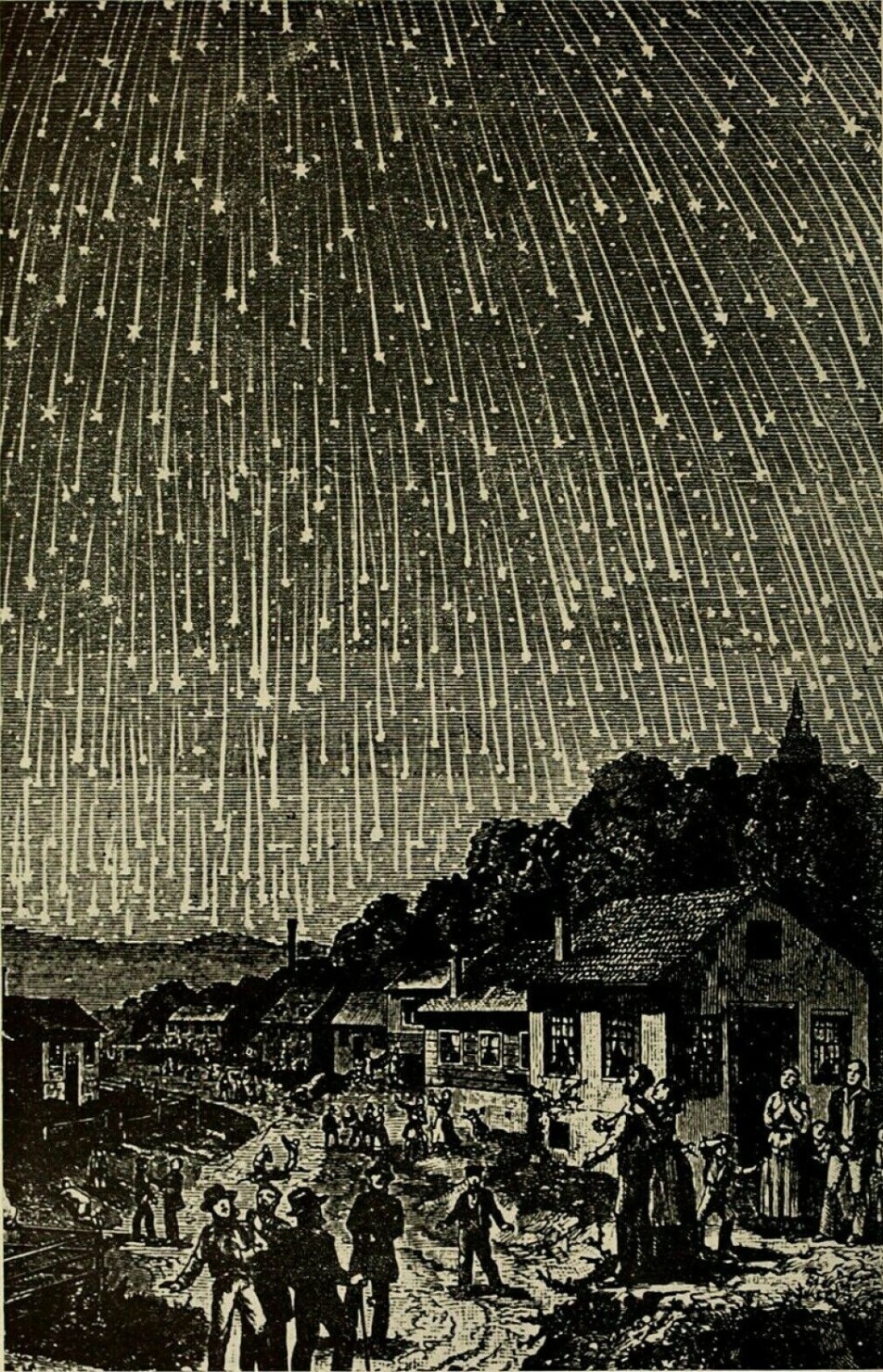
Small particles become shooting stars
Stones from space come in many sizes. The bigger they are, the rarer they are.
When they hit the atmosphere and light up, they are called meteors. Small particles fall into the atmosphere all the time.
The objects that create shooting stars are smaller than you might think. They usually weigh around one gram and are the size of a grain of sand or a pea.
These small particles crash into air molecules in the atmosphere at breakneck speed, burn up and turn into gas. The surrounding air becomes so hot that it lights up.
When the material cools, it becomes a solid again and rains down on the Earth, according to an article from Videnskab.dk.
Sometimes you can see more shooting stars than usual, in an event that is called a meteor shower. The showers come at fixed times, such as the Perseid meteor shower in August.
Meteor showers are caused by the Earth passing through the orbit of a comet that has left debris during its journey around the Sun.
Magical
Sometimes meteors are more impressive than shooting stars. A strong streak of light flames through the night sky. The large ones are often called fireballs.
These result from stones the size of a fist or larger that hurtle into the atmosphere and have the same effect as a much smaller particle. But they shine brighter and for longer.
“I've seen this once and it burns into your memory. It is completely magical,” Dypvik said.
It happens frequently enough that everyone is likely to experience it once during their lifetime.
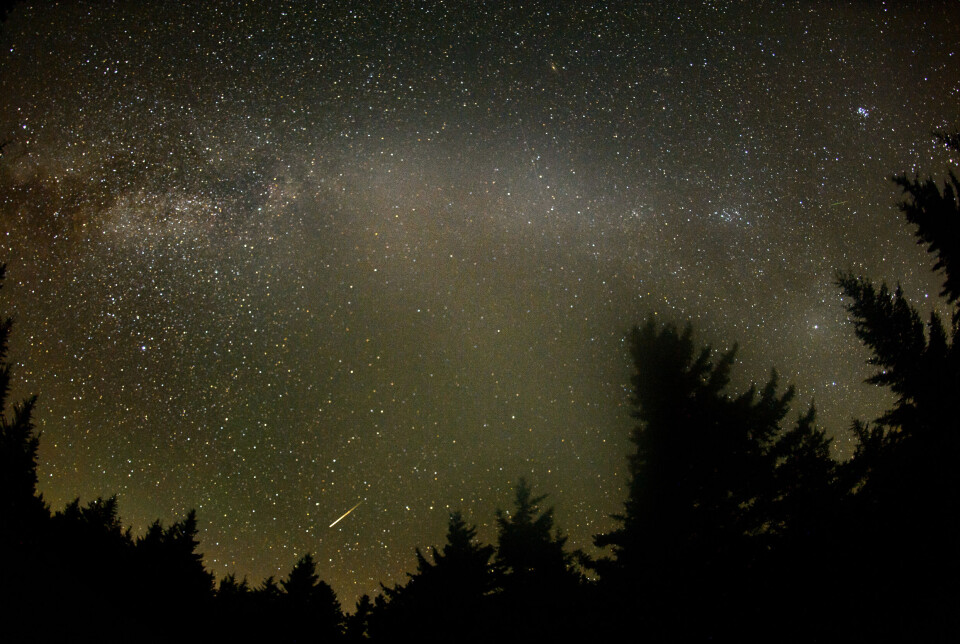
Between 10 and 50 meteorites every day
Meteoroids that are larger, perhaps the size of a basketball or more, can sometimes partially survive the journey through the Earth’s atmosphere. They land on the ground like a meteorite.
Whether any of the stone that comprises the meteoroid survives its journey depends on what it is made of, among other factors.
“A stone will have a greater chance of burning up and exploding, while one made of iron will survive a longer journey through the atmosphere and will land on the ground,” says Terje Wahl.
Wahl is the director of research and Earth observation at the Norwegian Space Agency.
Rocks that explode can provide a powerful light show. If the exploding rocks are large enough, their fragments can still plummet down like smaller stones.
Experts estimate that between 10 and 50 meteorites fall every day, according to the American Meteor Society. It’s not so easy to find them once they’ve ended their journey on the ground. Only 16 meteorites have been found in Norway.
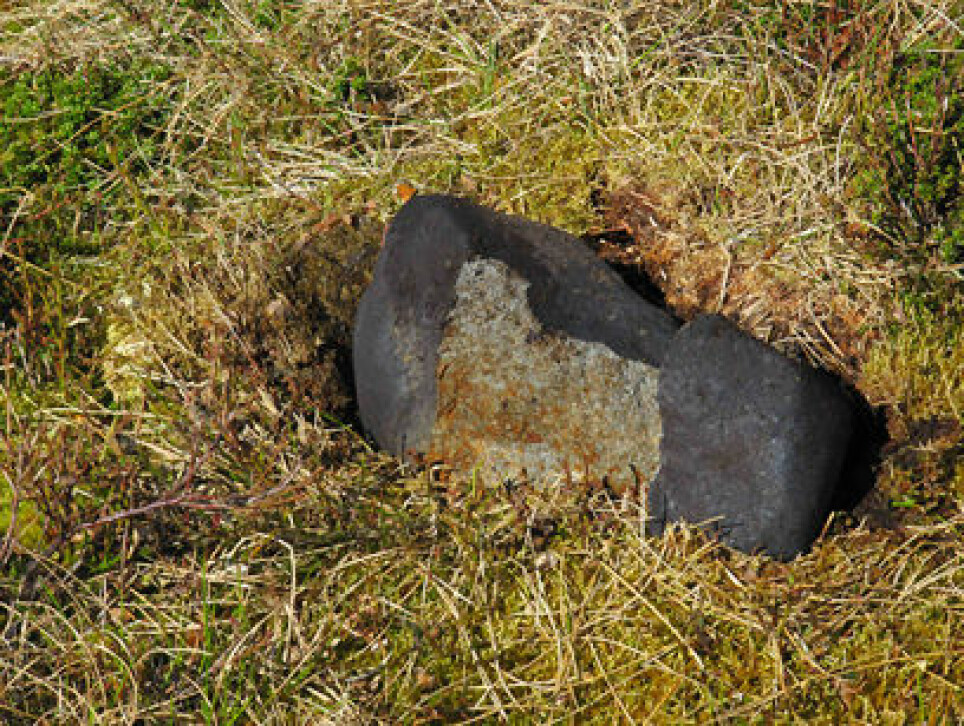
What about a stone the size of a car?
Over the course of a year, the Earth is coated with many tons of dust and rock from space, Wahl says. At the same time, the Earth is losing mass in the form of its atmosphere, he adds.
“When you add up the dust particles and those that are a little bigger, it’s estimated that about 50 tons a day reaches the Earth,” he said.
What if we go up a bit in size, what happens if a stone the size of a car hits the Earth?
“Then we’re talking about some real explosions,” Wahl says.
In 2019, for example, scientists discovered a four-metre-long asteroid. It sped into the atmosphere and burned up long before it reached the ground. The fireball had an energy equivalent to 6000 tonnes of TNT, the online news service Live Science reported.
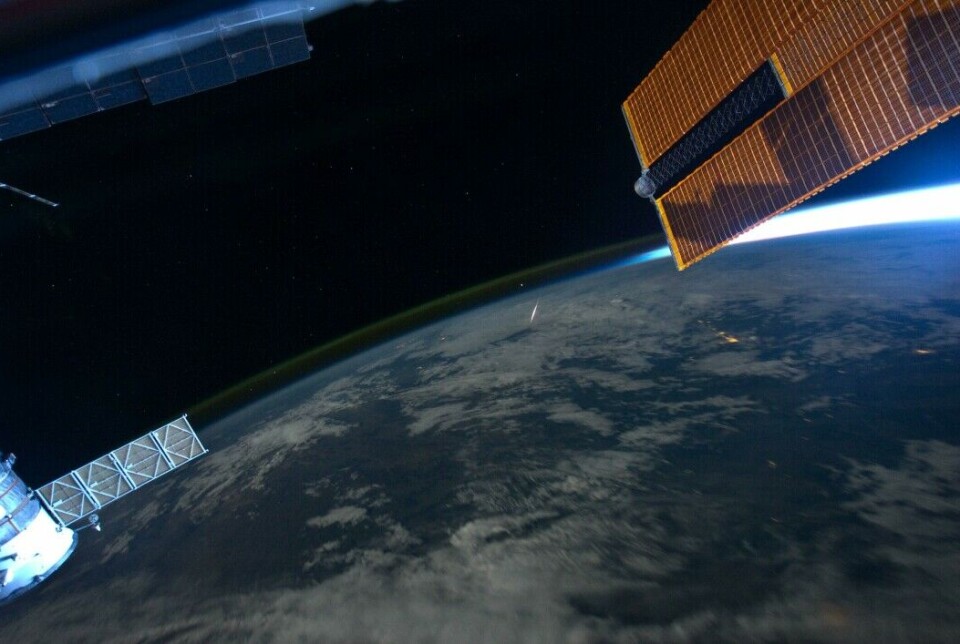
Not so unusual
Objects that are a few metres long are not that unusual.
A car-sized asteroid hits the atmosphere around once a year, according to NASA. Rocks of a few metres will mostly burn up in the atmosphere and don’t do much damage.
Iron-rich meteorites have a greater chance of falling to the ground and creating craters.
In 2007, a three-metre-long stone fell in Peru. It formed a crater with a diameter of 13 metres, Dypvik said. This is one of the youngest craters we know of on Earth.
It’s unusual for rock meteorites that are just a few metres long to form craters, researchers wrote in a study of the incident.
The map below shows meteors that NASA recorded between 1994 and 2013. The objects were all over a metre in size and up to almost 20 metres, according to the Earth Observatory. They lit up the sky, and NASA described them as fireballs.
All these objects burned up in the atmosphere and did no harm. That is, all except one.
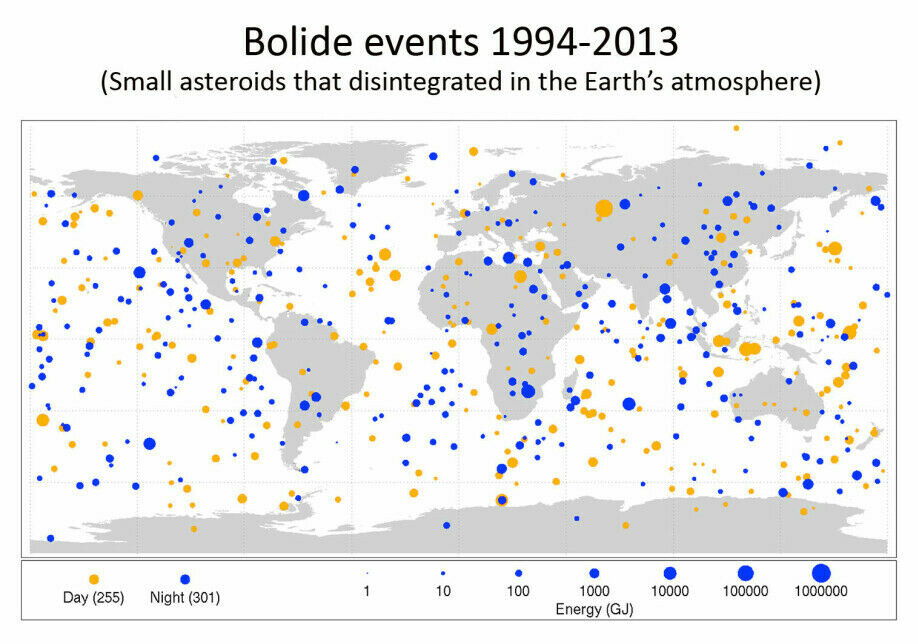
Broken windows
On February 15, 2013, people who were near the Russian city of Chelyabinsk saw an exceptionally powerful fireball course across the sky.
A rock between 17 and 20 metres long cruised into the Earth’s atmosphere. The stone burned up about 30 kilometres above the ground.
Windows were broken and some buildings were damaged by the pressure wave that resulted. Roughly 1,600 people were injured, mainly due to broken glass. Houses were damaged in many villages over an area of several miles in diameter.
“People were really unlucky, first they saw this amazing flash of light, then they went to the window. After a few seconds, the window panes imploded. There were a number of eye and other injuries. So those kinds of explosions over densely populated areas are not good,” Wahl said.
Scientists estimate that objects the size of the Chelyabinsk meteor will strike the Earth just under twice a century.
Explosion in the wilderness
The Chelyabinsk meteor is said to be the most powerful event since 1908, when a meteorite exploded in the air in Tunguska in Siberia.
Trees caught fire, but were later extinguished by the pressure wave that followed, according to the Encyclopedia Britannica. Forests were flattened across an area of 2,000 square kilometres.
Eyewitness accounts, reported on Wikipedia, describe heat, loud noises like cannon fire and that the ground shook. Researchers did not investigate the site until many years later. They found charred trees that had been flattened and burned by the impact.
Had the asteroid hit a city, the consequences would have been severe.
“It knocked down the trees for quite a few kilometres around it. When the pressure wave is that strong, it could knock down quite a few buildings as well. It would be pretty awful over a city,” Wahl said.
The object that caused this devastation was probably a stony object of between 50 and 80 metres in diameter, according to a study from 2019, reported by NASA. It exploded between 5 and 10 kilometres above the ground. No crater or parts of the object were ever found.

50 metres in diameter left a crater
Objects of ‘only’ a few tens of metres can consequently cause great damage locally. Another example can clearly be seen in Arizona, at the famous Barringer Crater.
The crater is 1.2 kilometres wide and was formed about 50,000 years ago. The iron meteorite that caused it was about 50 metres in diameter, says crater expert Dypvik.
“Craters are usually about 20 times larger than the meteorite that creates them. So that the 50-metre asteroid that crashed in Arizona created a crater about a kilometre in size,” he said.
It was incredibly violent.
“There were explosions, things were smashed, the bedrock melted and there was lots of dust, ash and gases ejected during the impact,” Wahl said.
According to an article from Physics Today written by two experts, the energy of the impact would be powerful enough to destroy a modern city.
The pressure wave from the impact alone was lethal for medium-sized animals within six kilometres of where the asteroid fell. Animals within 10 - 12 kilometres of the impact would have suffered serious lung damage.
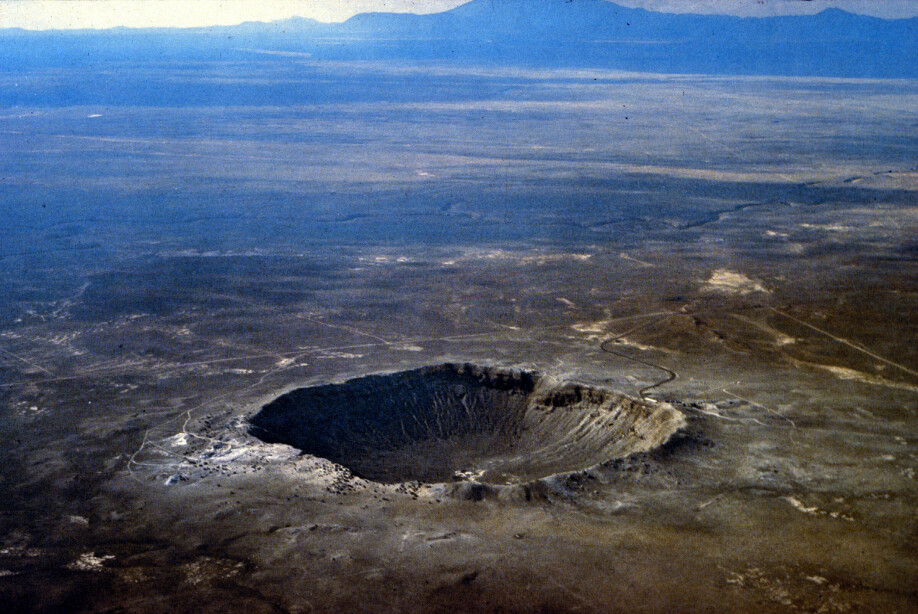
What about 250 metres?
Events such as those in Tunguska and Arizona are estimated to occur about once per millennium, statistically speaking.
These were rocks that were between 50 and 80 metres in diameter. In comparison, the comet or asteroid that exterminated the dinosaurs was 10-12 kilometres in diameter.
What happens if a rock the diameter of a few hundred metres or a kilometre strikes the Earth?
Three craters have been confirmed in Norway. One of them is the Gardnos crater in Nesbyen municipality. It is 5 kilometres in diameter and was created by a meteorite of about 250 metres.
“At that size, it’s so big that when it strikes the ground, it and much of the impact area is transformed into gas and steam and falls down as glass and dust everywhere. But the whole meteorite is destroyed at impact,” Dypvik says.
If a meteorite that size had struck the Earth now, it would create a large crater, and affect an area the size of Denmark with pressure waves, dust and vibrations.
According to a study from Geophysical Research Letters in 2017, an impact by an asteroid with a diameter of 250 metres could lead to 100,000 deaths.
A kilometre
An asteroid that is one kilometre in diameter could do great damage in an area the size of France.
“Something that size travels at a speed of maybe 20-30 kilometres per second,” Dypvik said.
That’s a speed of at least 72,000 kilometres per hour. When an object travelling that fast hits the ground, there’s an explosion, and the ground is crushed and melted.
“A good part of the mass is thrown up and becomes ejected material of dust and stone that coats the surrounding area, and even further in larger impacts,” he said.
“You also get a colossal pressure wave over a huge area, as air is forced out of the impact area. The air is forced out, but it also returns. There can be additional pressure waves until it all stabilizes,” he said.
Pressure waves also travel down, into the ground.
“That creates a situation that can result in earthquakes, which in turn can trigger landslides and rock slides,” Dypvik said.
“The pressure wave can also flatten trees. It will knock down and crush everything within a large area. It will also indirectly lead to fires, because of the resulting high temperatures,” he said.
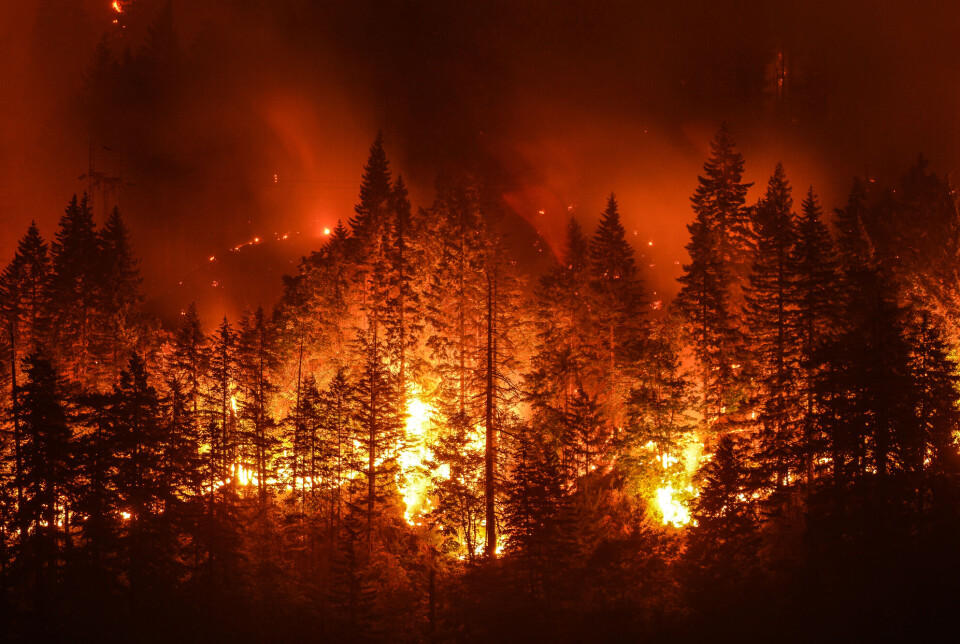
The temperature reaches thousands of degrees where it crashes.
“You can imagine when rock melts and when the rock actually evaporates and rises as steam from the area where it struck. There would be lots of fires,” he said.
The effects also depend on the composition of the bedrock. The comet or asteroid that exterminated the dinosaurs crashed into rocks that contained salt deposits and sulphur-rich rocks, Dypvik said.
“That causes toxic gases to be formed. It will vary where it happens, but impacts can also cause this to happen,” he said.
Dypvik reckons that such an event would have effects throughout Europe.
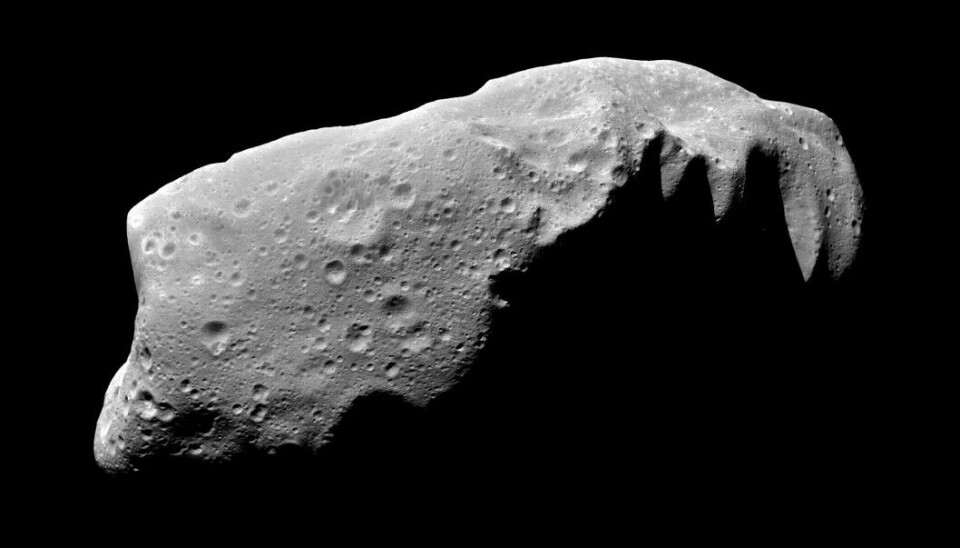
5 kilometres
Researchers at Purdue University and Imperial College London created a calculator in 2004 where you can check what happens if an asteroid or comet hits the Earth. The calculator has since been updated and has been widely used, according to the BBC.
So what happens if a 5-kilometre rock asteroid hits Berlin?
The crater would be 54 kilometres wide and one kilometre deep, according to calculations. The crater would be larger than the city itself.
The pressure wave would be strong enough to shatter windows throughout Europe. In large parts of Europe, wooden buildings would collapse, while steel buildings would collapse in much of Germany and some of Poland.
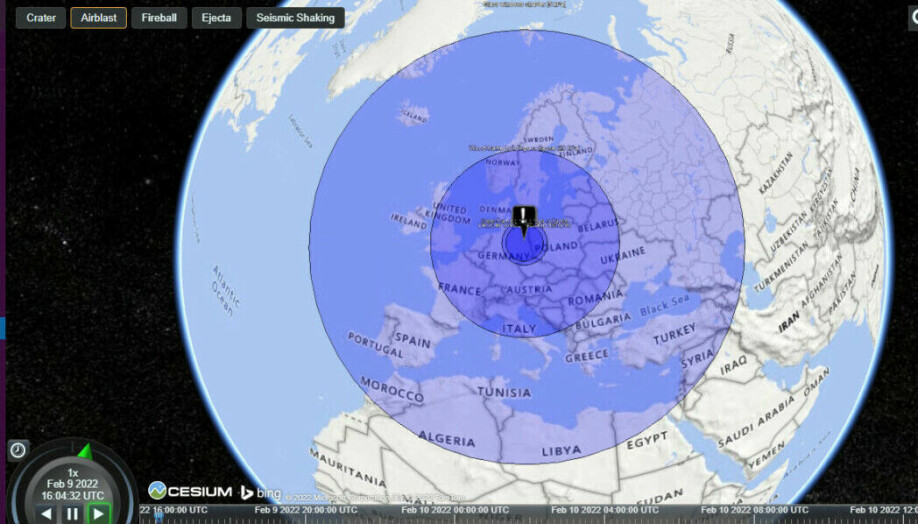
Minute by minute
For example, if you were in Hamburg, 255 kilometres away, the heat from the fireball would reach you almost immediately.
It would trigger third-degree combustion, where clothes catch fire, and deciduous trees and grass catch fire.
Earthquakes would begin after 51 seconds and cause moderate damage to buildings.
Dust and stones thrown into the air during the impact would begin to return to the Earth after four minutes. Dust and larger pieces would cover the area in an 85-centimetre-thick layer.
The pressure wave would arrive after 13 minutes. Steel and wooden buildings would be blown to bits, and 90 per cent of all trees would be toppled. In other words, it would be a total disaster.
Oslo and the surrounding areas would escape the damaging heat wave. But the pressure wave would still cut down wooden houses and almost all trees.
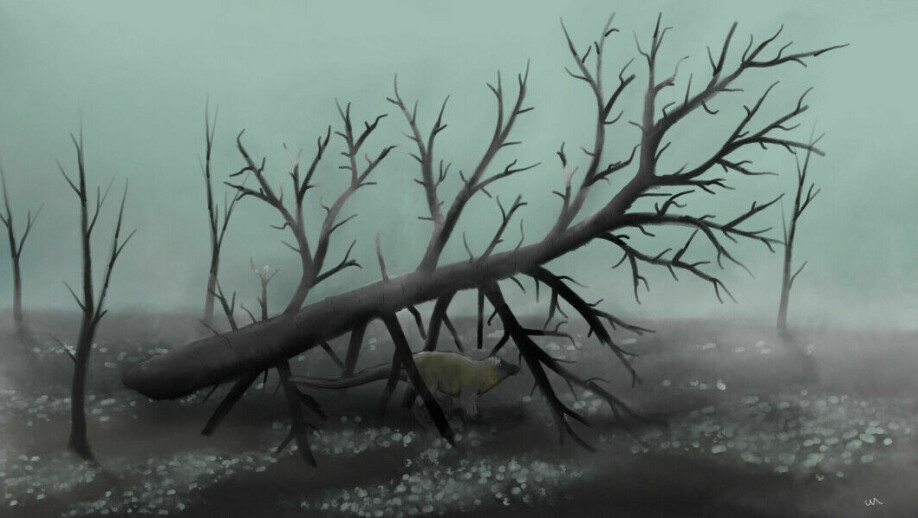
10 kilometres
A 10-kilometre diameter comet or asteroid is believed to have the potential to create a mass extinction. Roughly 66 million years ago, an object this size slammed into Mexico, and as we know, things went badly for the dinosaurs.
“All animals that weighed more than about 25 kilos died out,” Dypvik said.
In addition to fires, tsunamis, earthquakes and plants and animals being blown to smithereens, so much dust and ash was sent into the atmosphere that it shaded the sun for several years. Plants struggled to photosynthesize, and food chains were severely disrupted.
It is estimated that objects of this size strike the Earth on average once every 100 million years, Dypvik said.
Researchers have found several large craters like this.
The Chicxulub crater, where the asteroid that killed the dinosaurs landed, has a diameter of 150 kilometres, according to Wikipedia.
The Vredefort crater in South Africa is huge: 380 kilometres. The Sudbury Crater in Canada is believed to have been 130 kilometres in diameter. Two craters in Canada and Russia are 100 kilometres in size, according to LiveScience.
However, there’s no evidence that meteorites were responsible for any other mass extinction in Earth's history.
Will a big asteroid hit us?
How worried should we be? Not very. Large asteroid impacts are, after all, very rare events.
For a number of years now, NASA and ESA have been mapping asteroids and comets that come close enough that they could be a potential threat.
“Relatively early on, NASA was given the task by the US Congress to map all the major objects that could be an existential threat,” Wahl said.
“Space scientists have gradually developed the expertise to detect and catalogue many of the very large asteroids. And fortunately, they will all miss the Earth during next 100 years,” he said.
More than 90 per cent of nearby asteroids over a kilometre have been discovered, and space agencies are working to find those between one kilometre and 140 metres.
NASA estimates that they have detected about 40 per cent of all asteroids that are 140 metres in diameter and larger.
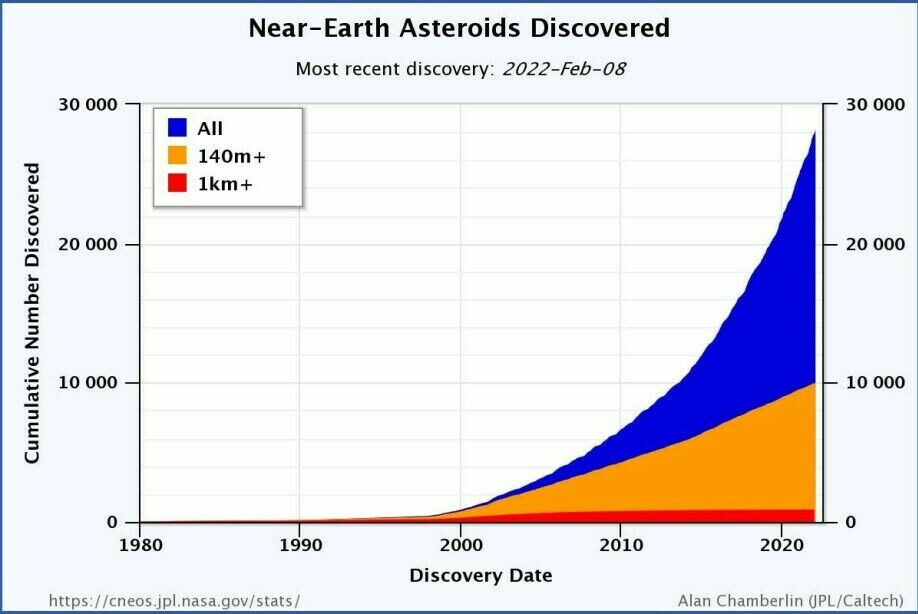
A list of threats
Wahl says that NASA and ESA keep lists of potential threats. ESA's risk list now includes 1,335 objects.
“It’s always changing. When they get better measurements, it turns out that you can remove some potential threats, while others are discovered all the time and are added to the list,” he said.
A lot has happened in a couple of decades.
“When we first realized that asteroids might be dangerous and that we have to see how many there are out there, we found a lot. There were a lot that could potentially cross the Earth's orbit,” Wahl said.
“At first, it was a bit of a shock. First, this new knowledge caused more uncertainty and fear. But as space scientists have made observations and calculations, the list has begun to shrink again,” he said.
A slightly unnerving visit
Sometimes asteroids do get a little close.
“There was this bad guy named Apophis,” Wahl said.
This was an asteroid that was 370 metres in diameter that caused some concern.
“It was on the list for a long time as if it could strike the Earth. It was recently removed because more accurate observations were made that showed it will miss us this century,” Wahl said.
In 2029, however, it will make a very close passage of the Earth.
“It will arrive in seven years and will pass closer than where Telenor's satellites are located,” Wahl said.
Sleeps better at night now
If the worst should happen and an asteroid or comet is full speed on its way to the Earth, NASA is fortunately in the process of making plans regarding what to do.
As a test, later this year they will try to change the orbit of an asteroid with the space probe DART.
Wahl says that the goal of ESA is to be able to give advance warnings about objects that are as small as the meteor that caused mayhem in Chelyabinsk.
“It will take some time to reach that level of expertise. It is an ideal, but also a realistic goal,” Wahl said.
“If I have one message, it’s that I sleep better at night now than I did 10 or 20 years ago, because now I know that more of these asteroids will miss us,” he said.
Translated by Nancy Bazilchuk
References:
Clemens M. Rumpf et.al.: Asteroid impact effects and their immediate hazards for human populations. Geophysical Research Letters, 2017.
Lorien F. Wheeler and Donovan L. Mathias: Probabilistic assessment of Tunguska-scale asteroid impacts. Icarus, 2019.
NASA Article: Tunguska Revisited: 111-Year-Old Mystery Impact Inspires New, More Optimistic Asteroid Predictions, 2019.
T. Kenkmann et.al. The Carancas meteorite impact crater, Peru: Geologic surveying and modeling of crater formation and atmospheric passage. Meteoritics & Planetary Science, 2010. (Summary)
Artikkel fra NASA, 2018: Five Years after the Chelyabinsk Meteor: NASA Leads Efforts in Planetary Defense.
Fireball FAQ: 3. How big are most meteoroids? How fast do they travel?, American Meteor Society.
———
Read the Norwegian version of this article at forskning.no
































